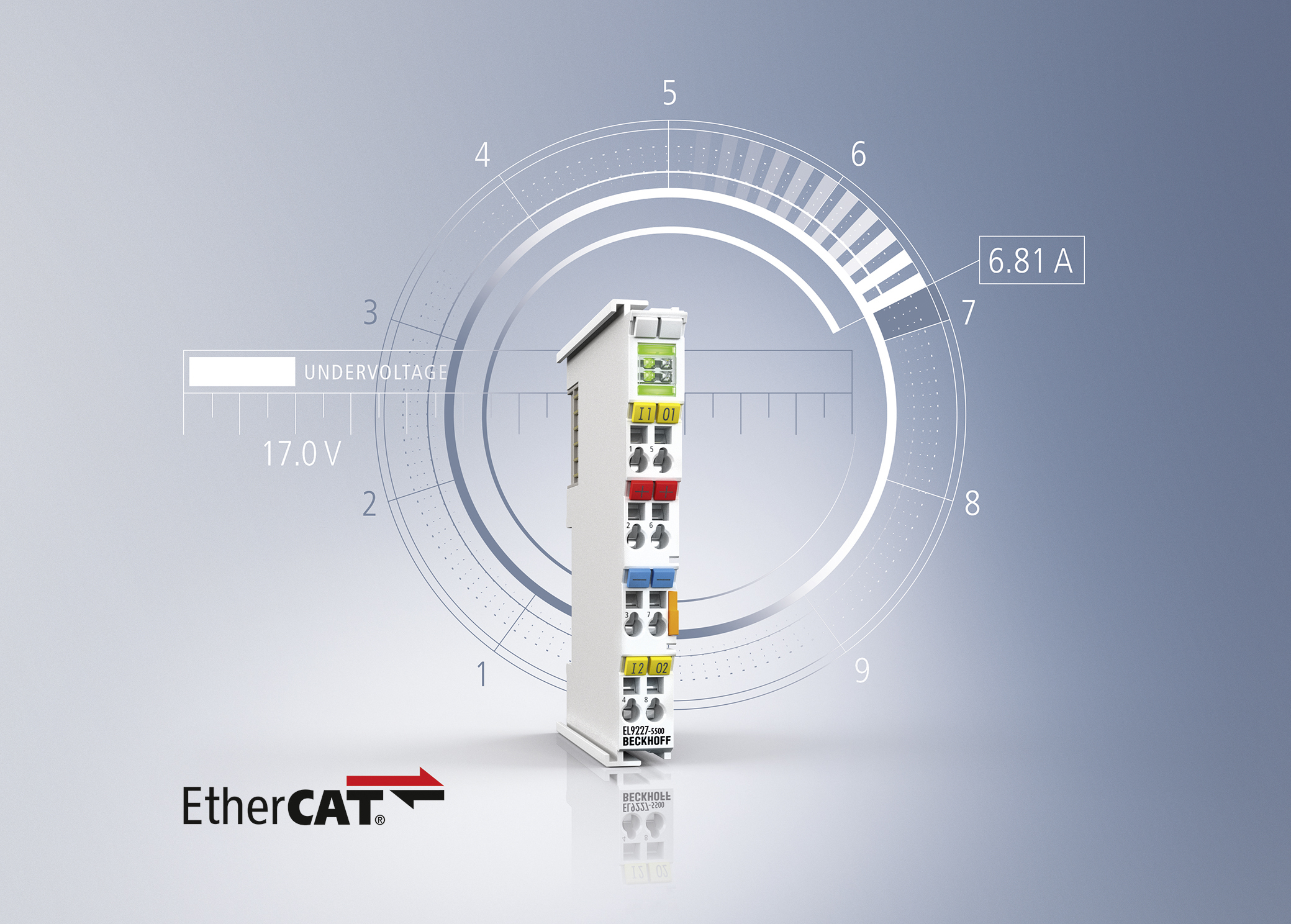I think solar power generation is a great idea. It’s got no moving parts, and it produces electricity where you need it. There is one important consideration; can it be done for the same or less cost compared to coal or nuclear power.
When it comes to overall carbon footprint, most industry analysts will tell you that nuclear is the cleanest form of power on the planet. With several new mini-powerplant designs that eliminate risk from runaway thermal or chain reactions, nuclear needs to be re-examined.
The biggest barrier to entry is the 4 cents per kilowatt internal cost of electricity that the power utility industry currently achieves. Let’s face the fact that the utility companies have been working on their efficiency numbers in order to expand their markets and service since the invention of the light bulb. 4 cents a kilowatt is incredibly cheap and should not be taken lightly.
And that is the real challenge.
Currently the industry in going through a pricing free fall in which China is importing cheap solar panels that are manufactured using government money. Chinese labor at $1-2/hour compared to US labor at $22.00 will make competing for the low price solar panel supply position very difficult indeed.
One source told me that some Chinese manufacturers are having trouble manufacturing at these prices, since not all are receiving government subsidy money. This is a lot like US and German solar projects being funded with Federal and State taxes. Or like paying more for electricity which is what the euphamistic “Feed In Tariff” does to consumers.
How an American supplier can expect to compete is beyond reason. Unless the suppliers become full system installers, which will put them in competition with the numerous 3rd party independent electrical contractors who are installing systems now. Or maybe the electrical contractors become employees of the solar panel manufacturer to add that capability.
It’s still an uphill battle. Even at $3/kW for installed solar power, you have an asset that only produces power 50% of the time, during daylight hours. For solar panels that are fixed position and not tracking the sun, the output is only 66% on average. So the technology is really in a hole based on economics.
At $3/Watt for installed solar, a single 250 Watt solar panel would cost $750. At 25 cents per kilowatt hour the breakeven occurs in 4.1 years, and the hardware becomes profitable in year 5. Assuming no other costs come up. Tracking the sun, a mechanical technology that is not related to the photovoltaic itself, would increase the revenue generated by 25-35% depending on type, which would improve the breakeven to about 3 years.
However, the only place in the United States that is paying anywhere near 25 center per kilowatt hour is Hawaii. Average utility pricing is still under 10 cents per kilowatt hour. California and New York are in the 16 cent range. Since California has excellent sunlight conditions, it is the nearest term market for solar.
But we still have some work to do before Solar will become competitive. Billions of dollars of tax money and increased utility costs have already been incurred. Let’s there are breakthroughs in the near future that will get us the rest of the way.
Filed Under: Mechatronic Tips



